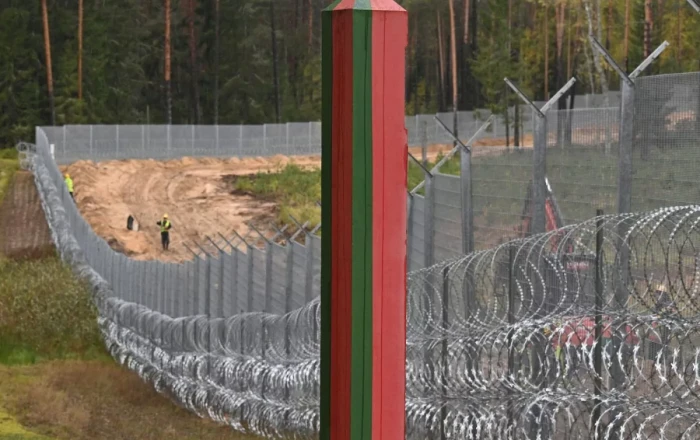Wetlands are known for absorbing carbon dioxide (CO₂), but they’re also the world’s largest natural source of methane, a greenhouse gas far more potent at trapping heat. Rising temperatures could disrupt a hidden struggle unfolding in the muddy soils of wetlands — a quiet battle between microbes that produce methane and those that consume it.
As climate change intensifies, the natural balance that helps regulate methane could begin to unravel. Researchers at the Smithsonian Environmental Research Centre recently explored this critical dynamic. Publishing their findings through the Science Advances journal, the study focused on a special group of microbes that thrive in oxygen-free, or anaerobic, environments common in flooded wetlands. For years, scientists believed these anaerobic microbes couldn't significantly remove methane because of the lack of oxygen. Even after discovering that some could use sulfate molecules to consume methane, their impact was thought to be minor.
According to the National Oceanic and Atmospheric Administration, methane is responsible for about 19% of global warming, underscoring the importance of understanding how wetlands will respond to a changing climate.
“If wetlands release large amounts of methane and we don't account for that, our carbon reduction goals could fall short," said study lead author Jaehyun Lee. Wetland soils are home to two main types of microbes: one group produces methane, while the other consumes it, converting it into CO₂ with the help of oxygen — a natural process that slows climate change.
“They assumed anaerobic methane consumption would be too slow to make a difference,” Lee explained. But that assumption didn’t hold. Since most methane is produced in low-oxygen zones — exactly where these microbes live — their role turned out to be more important than previously thought.
In the studied wetland, anaerobic microbes removed about 12% of the methane. In saltier areas rich in sulfate, they eliminated as much as 70%. Then the researchers raised the temperature. As the heat rose, methane emissions spiked — not because the methane-consuming microbes weakened, but because the methane producers became even more active. The consumers couldn’t keep pace.
Plants also played a major role. In plots dominated by thick sedges, methane emissions rose nearly fourfold. In areas covered by smaller grasses, the increase was only about 1.5 times. Higher carbon dioxide levels helped reduce the methane spike but didn’t eliminate it. In sedge-dominated plots, emissions doubled instead of quadrupling when both CO₂ and heat were added. The researchers believe that more CO₂ helps plants grow larger roots, which bring more oxygen into the soil, boosting the methane-consuming microbes. “Warming will have a major effect on increasing methane emissions,” said researcher Grace Noyce. “But elevated CO₂ can help dial it back a little.”
Looking ahead, the study's authors believe that better data on wetland methane emissions will be essential for meeting climate goals. The scientists emphasize that climate change isn’t just about warmer air — it’s also about the small, hidden microbial processes that can shift the balance of greenhouse gases. “We have to think about how climate change will impact delicate microbial processes like methane production and oxidation,” Lee said.
By Nazrin Sadigova
Source: caliber.az












